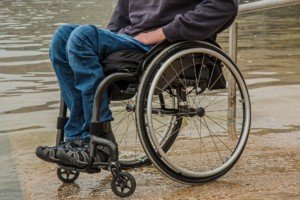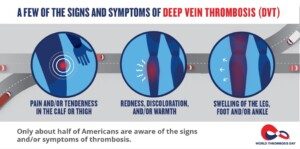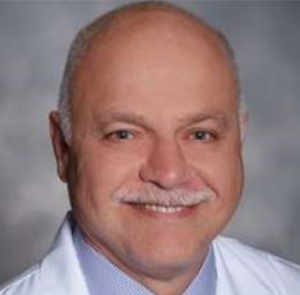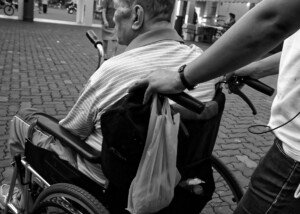
Is deep vein thrombosis common in people who use wheelchairs?
Since prolonged “inactivity” is a risk factor for developing a DVT, the logical conclusion would be that this condition is quite common in people whose legs are completely paralyzed and thus are confined to a wheelchair.
Complete paralysis, for the sake of this article, means that the person cannot move, at all, their lower limbs (such as from a severed spinal cord), versus someone who has a neurological disease (such as multiple sclerosis) and can yield minute movements throughout the day while in a wheelchair.
“Immobility is only one of the three factors leading to DVT; the other two being intimal injury to a vein] and a hypercoagulable state,” says Seyed-Mojtaba (Moji) Gashti, MD, a board certified vascular surgeon with Broward Health Medical Center in Florida.
“In addition I am not sure if we can make the statement that DVT is not common in wheelchair bound people; symptomatic DVT may be.
“Again, majority of these can remain asymptomatic and/or missed. I am not aware of any studies that have looked at this population.”
I did a little searching on this and came up with one study that looked at DVT prevalence in people with late-stage multiple sclerosis who were confined to a wheelchair.
The report is in the April 2010 Thrombosis Research.
The investigation involved 132 patients. Deep vein thrombosis was present in 58 (43.9 percent).
Furthermore, 32 percent had a history of VTE: venous thromboembolism, the term that pertains to the phenomenon of a deep vein thrombosis dislodging and embolizing in the lungs.
The conclusions include that the rate of DVT in late stage multiple sclerosis may exceed 40 percent, and that doctors should “consider the systematic application of long term preventive measures” for this demographic.



























